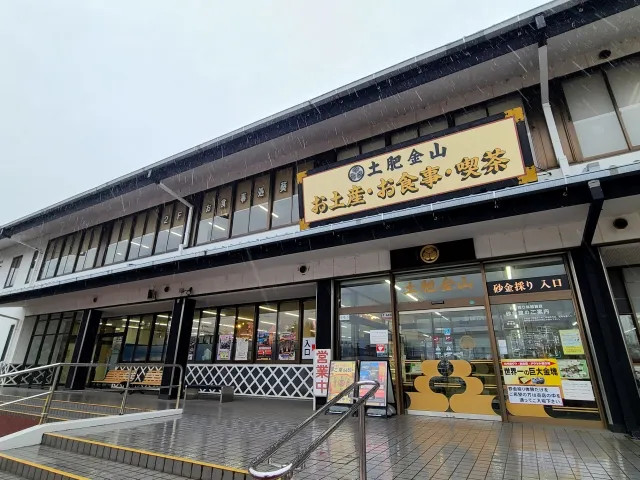
Okay, so the mine might be closed…but maybe we can make bank on gold dust!
With the lingering economic effects of the pandemic and recent international conflicts, the rise of inflation, stagnating wages, and the decreased value of the yen, times feel a bit tough for residents of Japan these days. So much so that our Japanese-language reporter Maro began to wonder, “Is anything worth as much as it used to be anymore?”
After some thought, a brilliant idea came to mind: gold! Gold has to be worth something these days! It’s the only trustworthy currency out there…right? So Maro hopped in her car and drove over to the Ito Peninsula, west of Tokyo, where there’s a huge gold mine, to try and see if she might be able to strike it rich the old-fashioned way.
Toi Gold Mine is on the western side of the Ito Peninsula, which is located in Shizuoka Prefecture, west of Tokyo. It’s Izu’s biggest gold mine, which proudly produced the second-highest volume of gold in all of the country during the Edo and Meiji periods.
Unfortunately for Maro, the mines are designated as a historic landmark for the city of Izu, and in fact are closed for operation. Maro couldn’t actually mine her own gold…but there are still ways to enjoy the mine as a tourist. For example, the mine shaft is open for sightseeing, and they also offer a gold panning workshop!
Having just recently completed a successful gem-hunting expedition in nearby Yamanashi, Maro felt nothing but confidence about her ability to pan for gold dust. But first she wanted to check out the mine shaft and Gold Museum to learn more about this part of Japanese history.
As Izu’s largest gold mine, Toi’s mine shaft had reached 100 kilometers (62 miles) long and 180 meters deep (590 feet) by the time it closed for operations.
At present, visitors can only walk along a small portion of that, about 350 meters, which has been paved for easy travel. The working conditions and actual labor of the Edo-era miners was represented by animatronic mannequins, which was very interesting.
The shaft also contained two special sites: Yama-jinja Shrine and The Golden Spring/Coin Washing Spring. By touching the golden torii gates at Yama-jinja and washing your coins at the Coin Washing Spring, you could bring good fortune to your finances, or so they say. Maro made sure to do both, so hopefully within the next year, she’ll find herself swimming in riches. Or, you know, at least feeling a little more financially comfortable.
Once you exit the mine shaft, you’ll enter the Gold Museum.
There you’ll see a most impressive monument:
A 250-kilogram (551-pound) giant gold bar!
Apparently, it’s the biggest in the world, and is even recognized as a Guinness World Record. Visitors are actually allowed to touch it, too. Maro would’ve thought they’d want to keep it under lock and key to prevent theft, but there’s no way anyone could just walk off with it. It’s way too heavy!
Incidentally, if this gold bar was in the form of gold foil, it would be worth about 70,000 sheets. It was a mind-boggling amount of gold.
The museum also has a section where you can learn how heavy a gold bar really is, and there were lots of gold products produced by the mine on display. There was so much gold in the space, it was honestly shocking.
The gift shop was full of shiny gold-related products, too, including sweets and candy made with gold-leaf.
With so much gold around, Maro began to wonder if gold really could be her ticket to untold riches. Well, she was going to try it out anyway. Having thoroughly explored the mine and the museum, it was finally time for her long-awaited attempt at panning for gold. With so much gold in the museum, she was bound to strike upon a fortune, right?
It costs 750 yen (US$5.08) to participate for 30 minutes. They supply a panning plate, which you use to sift for gold dust.
First you dunk the plate into the sand and scoop up a bunch of it.
Then you cover it lightly with water and twist it side to side while holding it like a steering wheel. Gold dust is heavier than sand, so apparently as you shake the plate, it settles at the bottom.
Once you’ve swiveled it enough times to assure that the gold has sunk, it’s time to wash away the sand.
The panning plate has grooves on it to catch the heavier gold dust, so you have to trust it will do its job as you wash out the sand.
How was Maro’s first attempt?
Not very good.
Maro didn’t know if she was just so bad at it that she washed all of the gold dust out, or if there was no gold dust in her pile of sand to begin with. Either way, she didn’t have time to think about it, so she dunked her plate back into the sand and tried again.
It seemed like it was important to pay attention to your speed and movement, so Maro did her best to go a bit faster as she tried a second and then a third time.
Finally, after vigorously shaking her plate on her third try, she dumped the sand and saw a speck of something shiny.
Could it be?
It was! A speck of gold dust!!
She’d been fairly rough about rinsing her sand out this time, but nevertheless there was gold trapped in the grooves of her plate. You can’t tell from the photo, but in person it really was sparkly and much easier to distinguish than she’d expected. The dust may have been small, but it was pure, 24-karat gold!
▼ Later, she managed to get even more.
After that, Maro worked at a vigorous speed for 30 minutes and managed to collect seven specks of gold dust.
She had to think she’d done a pretty good job. Surely the average is about two or three grains?!
Apparently someone really good at panning could collect about 30 grains in 30 minutes, which is quite a lot more than Maro acquired. If you manage to do so, you get to take home a special certificate and a premium bottle featuring the museum’s mascot, Kinta. Surely luck must play into it. She’d dearly love to see someone collect so much in such a short amount of time.
You get to take home the gold you collected in a little jar, or for an extra fee you can have it incorporated into some kind of accessory. Maro was still reveling in the highs of her success, small thought it may be, so she had hers put on display within a keychain.
Panning for gold turned out to be a lot of fun and the 30 minutes flew by in no time. Altogether, including the panning experience, Maro would say you can explore the museum and mine shaft in one to two hours, but it’s well worth the time. Between the museum and the gift shop, there’s so much gold to dazzle the eye, you’re sure to be satisfied with your visit. And though you likely won’t be any richer in coin, you’ll undoubtedly be richer in mind and spirit for the experience.
By the way, if you plan to get there by car, be sure to stop at the Izu no Heso Roadside Station on the way, which has, among other exciting things, a shiitake mushroom crane game you just have to try!
Museum information
Toi Gold Mine / 土肥金山
Shizuoka-ken Izu-shi Toi 2726
静岡県伊豆市土肥2726
Open daily from 9 a.m. to 5 p.m. (last entry at 4:30, last gold panning at 4:20)
Website
Images © SoraNews24
● Want to hear about SoraNews24’s latest articles as soon as they’re published? Follow us on Facebook and Twitter!
[ Read in Japanese ]

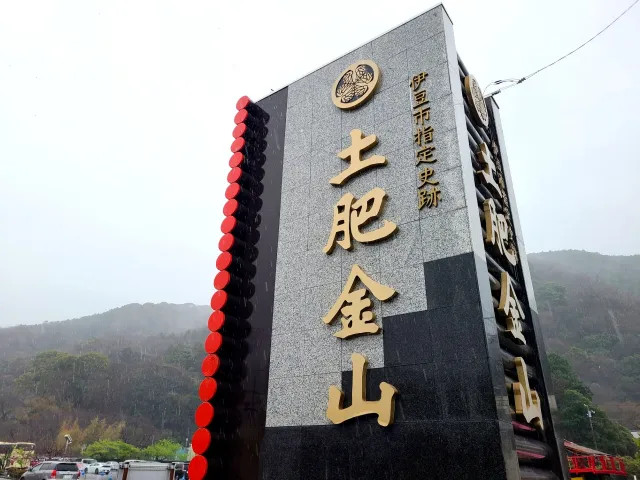
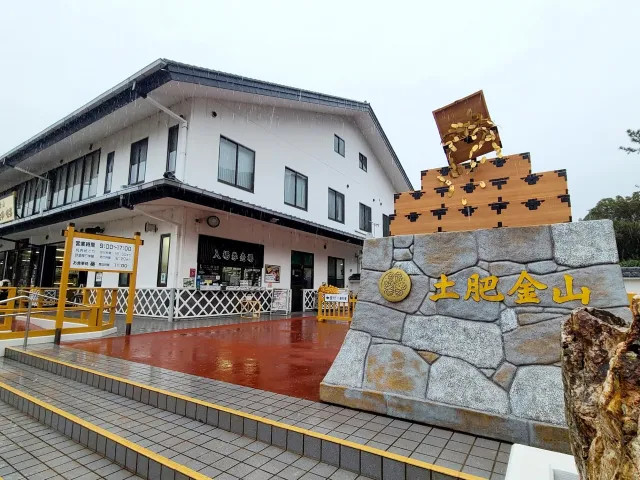

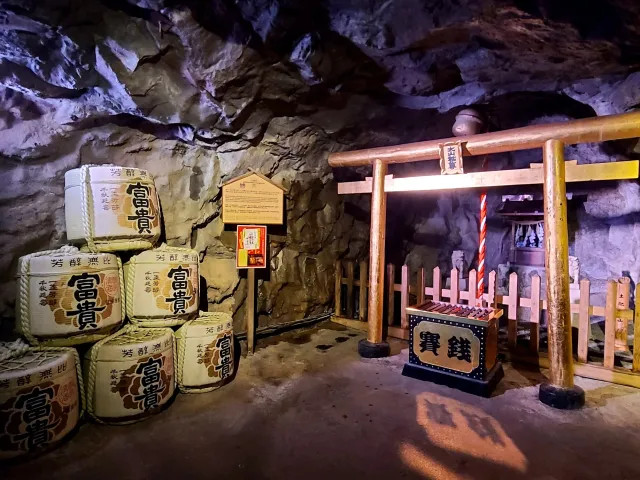
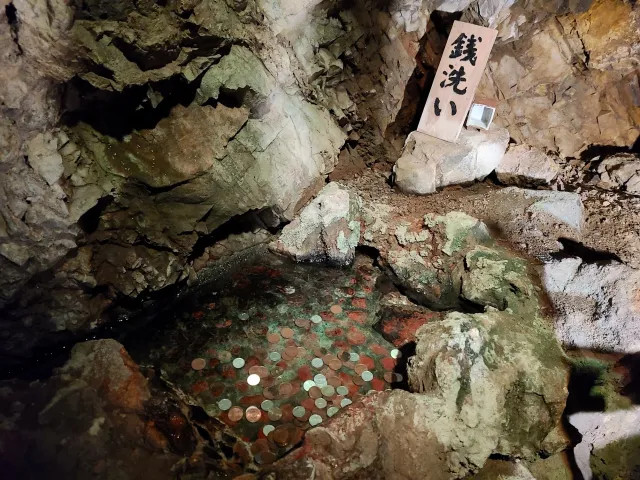
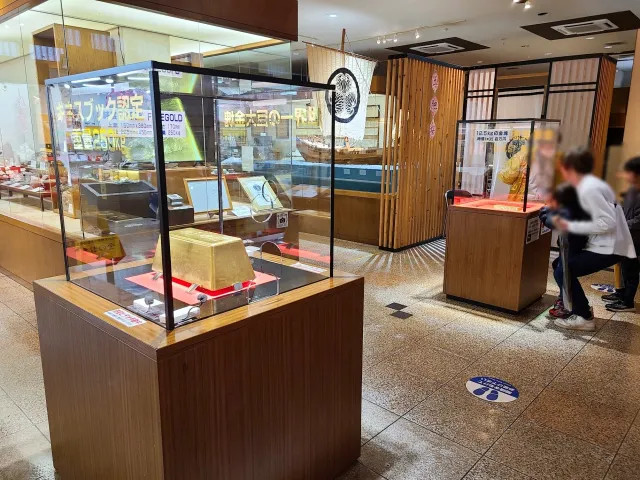

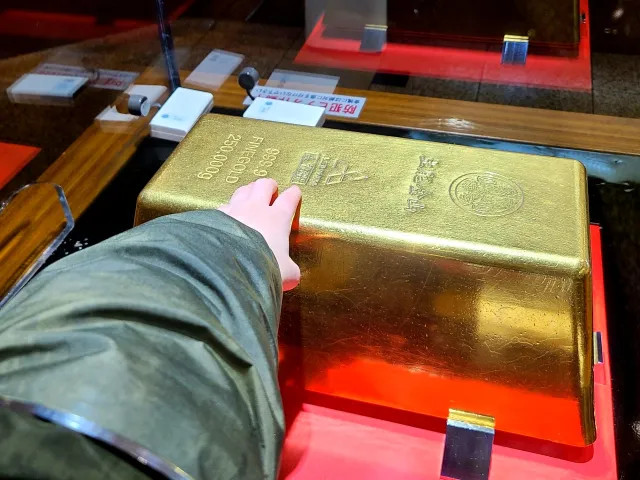
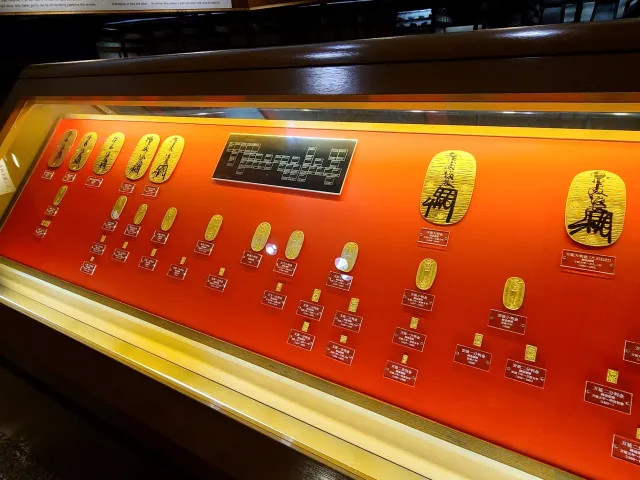
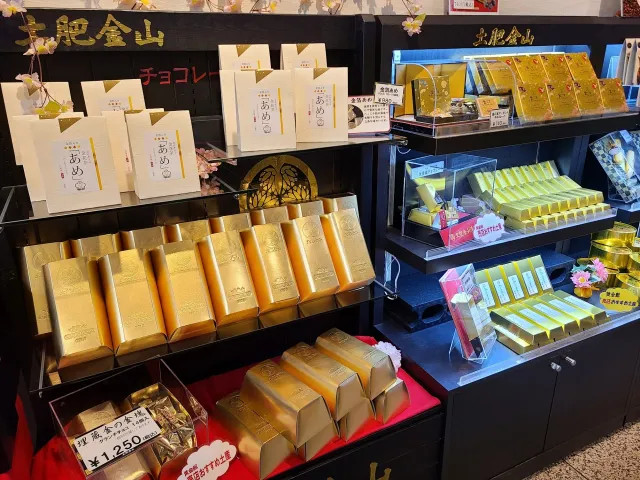
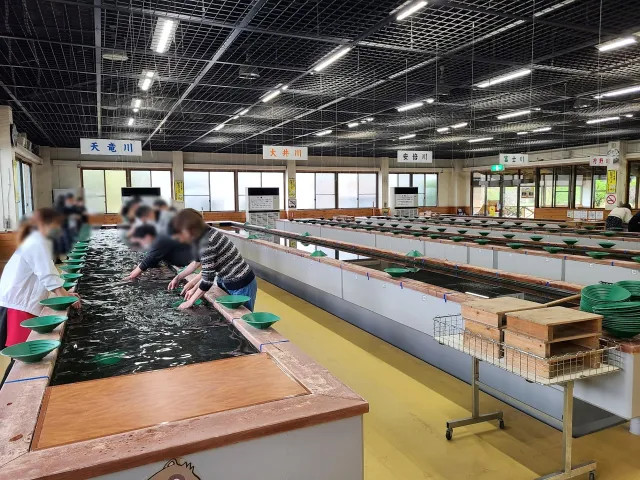

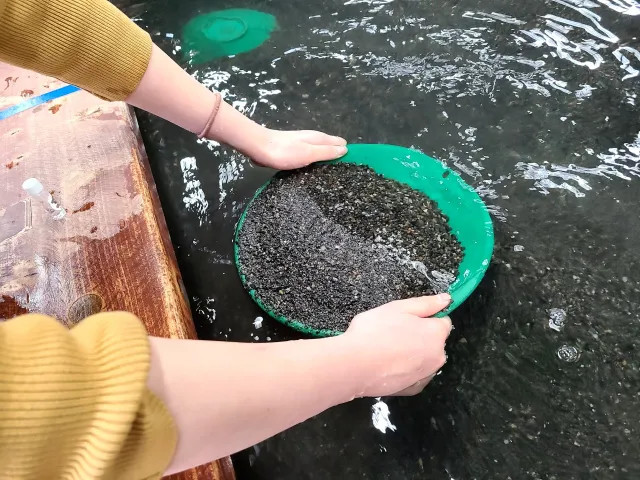
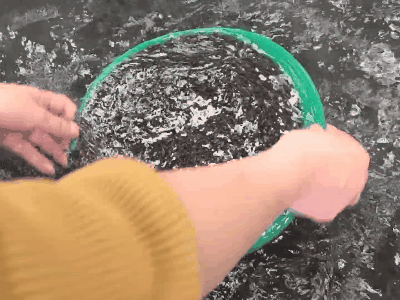

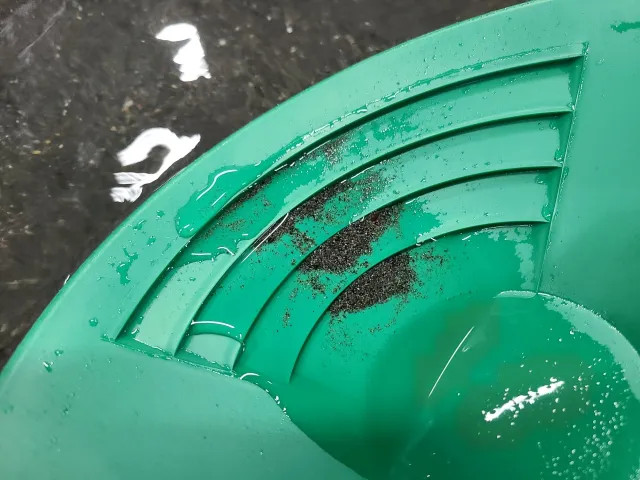
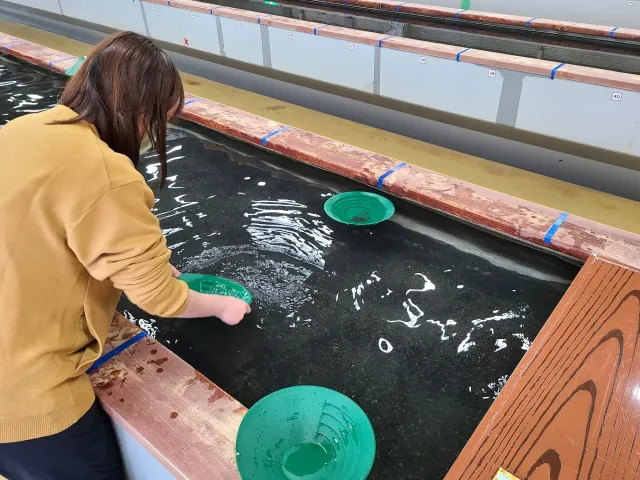
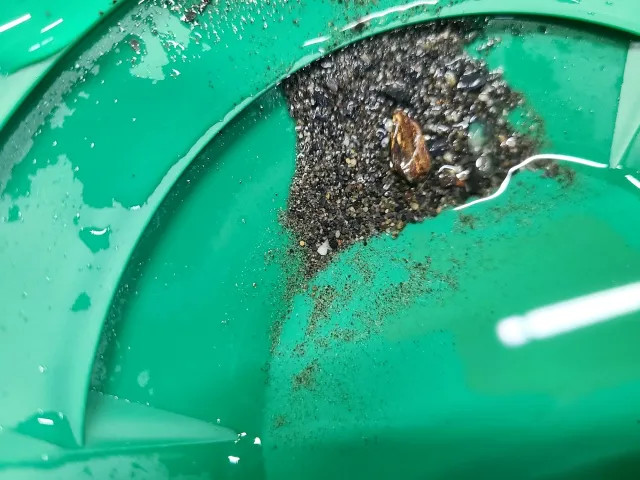
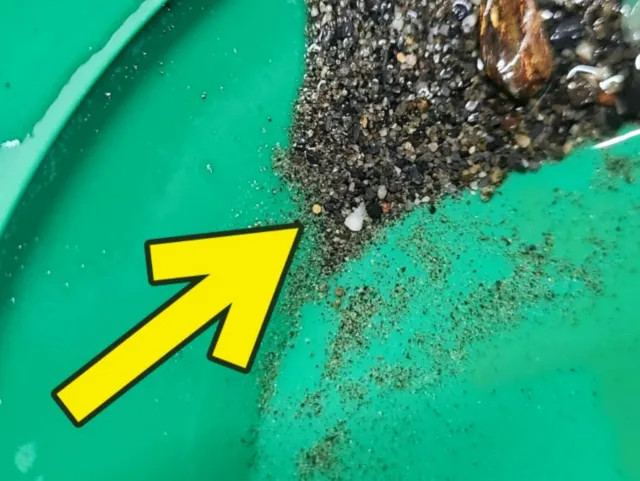
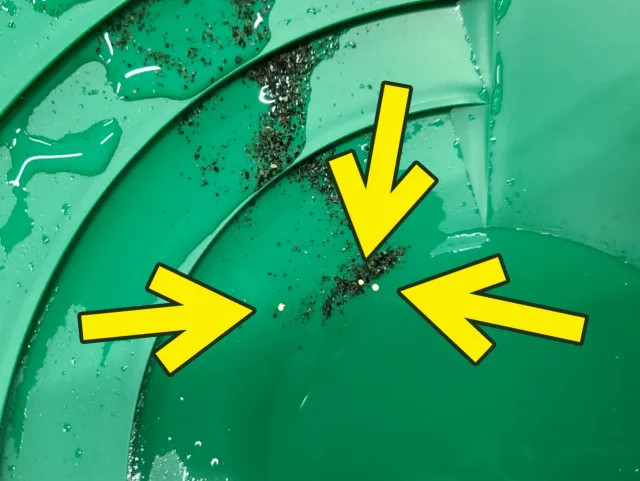
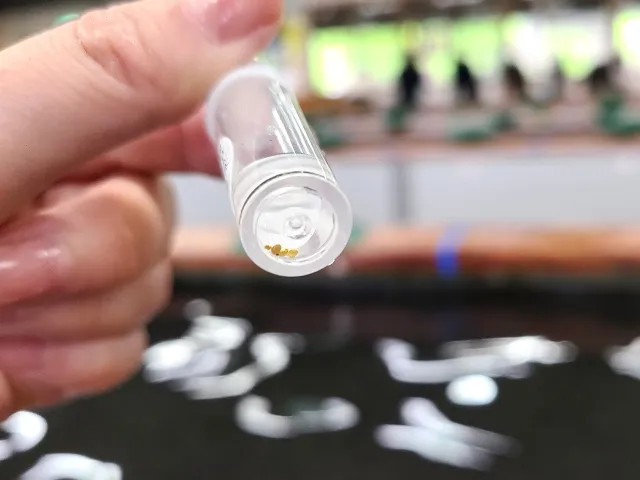
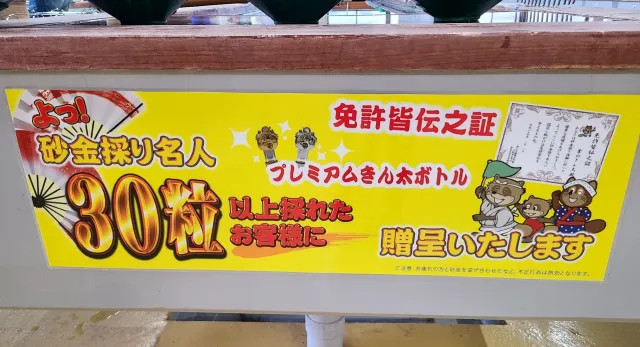
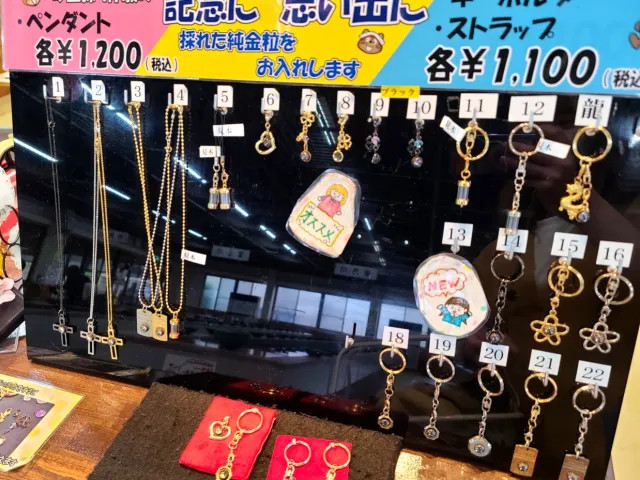
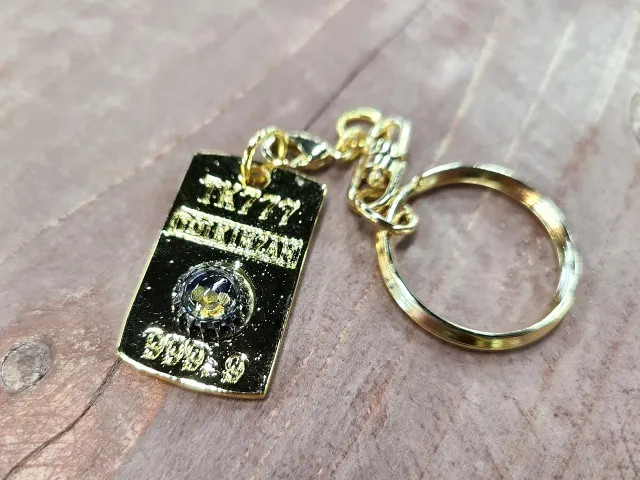
 The Fuwatoro Yamaimo Teppan just might be 7-Eleven Japan’s dish of the year【Taste test】
The Fuwatoro Yamaimo Teppan just might be 7-Eleven Japan’s dish of the year【Taste test】 We try super rare Shizuoka food souvenirs in the form of blue gelato and purple baumkuchen
We try super rare Shizuoka food souvenirs in the form of blue gelato and purple baumkuchen Ginza hotel serves up one of the best breakfasts in Tokyo
Ginza hotel serves up one of the best breakfasts in Tokyo We try a Le Lectier, the highest-quality European pear available in Japan【Taste Test】
We try a Le Lectier, the highest-quality European pear available in Japan【Taste Test】 We tried Japan’s Strawberry Daifuku? liqueur, one of three dessert-themed liqueurs
We tried Japan’s Strawberry Daifuku? liqueur, one of three dessert-themed liqueurs Foreigner’s request for help in Tokyo makes us sad for the state of society
Foreigner’s request for help in Tokyo makes us sad for the state of society Japanese city loses residents’ personal data, which was on paper being transported on a windy day
Japanese city loses residents’ personal data, which was on paper being transported on a windy day Should you add tartar sauce to Japanese curry rice? CoCo Ichi makes diners an unusual offer
Should you add tartar sauce to Japanese curry rice? CoCo Ichi makes diners an unusual offer Seaside scenery, history, and so many desserts on Yokohama’s Akai Kutsu【Japan Loop Buses】
Seaside scenery, history, and so many desserts on Yokohama’s Akai Kutsu【Japan Loop Buses】 Red light district sushi restaurant in Tokyo shows us just how wrong we were about it
Red light district sushi restaurant in Tokyo shows us just how wrong we were about it Suntory x Super Mario collaboration creates a clever way to transform into Mario【Videos】
Suntory x Super Mario collaboration creates a clever way to transform into Mario【Videos】 New Pokémon cakes let you eat your way through Pikachu and all the Eevee evolutions
New Pokémon cakes let you eat your way through Pikachu and all the Eevee evolutions Studio Ghibli unveils Mother’s Day gift set that captures the love in My Neighbour Totoro
Studio Ghibli unveils Mother’s Day gift set that captures the love in My Neighbour Totoro Gacha capsule toy paradise for adults appears at Akihabara Station
Gacha capsule toy paradise for adults appears at Akihabara Station Akihabara pop-up shop sells goods made by Japanese prison inmates
Akihabara pop-up shop sells goods made by Japanese prison inmates McDonald’s new Happy Meals offer up cute and practical Sanrio lifestyle goods
McDonald’s new Happy Meals offer up cute and practical Sanrio lifestyle goods Japanese ramen restaurants under pressure from new yen banknotes
Japanese ramen restaurants under pressure from new yen banknotes French Fries Bread in Tokyo’s Shibuya becomes a hit on social media
French Fries Bread in Tokyo’s Shibuya becomes a hit on social media Studio Ghibli releases new action figures featuring Nausicaä of the Valley of the Wind characters
Studio Ghibli releases new action figures featuring Nausicaä of the Valley of the Wind characters New private rooms on Tokaido Shinkansen change the way we travel from Tokyo to Kyoto
New private rooms on Tokaido Shinkansen change the way we travel from Tokyo to Kyoto Tokyo Tsukiji fish market site to be redeveloped with 50,000-seat stadium, hotel, shopping center
Tokyo Tsukiji fish market site to be redeveloped with 50,000-seat stadium, hotel, shopping center All-you-can-drink Starbucks and amazing views part of Tokyo’s new 170 meter-high sky lounge
All-you-can-drink Starbucks and amazing views part of Tokyo’s new 170 meter-high sky lounge Beautiful Ghibli sealing wax kits let you create accessories and elegant letter decorations【Pics】
Beautiful Ghibli sealing wax kits let you create accessories and elegant letter decorations【Pics】 Studio Ghibli releases Kiki’s Delivery Service chocolate cake pouches in Japan
Studio Ghibli releases Kiki’s Delivery Service chocolate cake pouches in Japan New definition of “Japanese whiskey” goes into effect to prevent fakes from fooling overseas buyers
New definition of “Japanese whiskey” goes into effect to prevent fakes from fooling overseas buyers Our Japanese reporter visits Costco in the U.S., finds super American and very Japanese things
Our Japanese reporter visits Costco in the U.S., finds super American and very Japanese things More foreign tourists than ever before in history visited Japan last month
More foreign tourists than ever before in history visited Japan last month Sales of Japan’s most convenient train ticket/shopping payment cards suspended indefinitely
Sales of Japan’s most convenient train ticket/shopping payment cards suspended indefinitely Sold-out Studio Ghibli desktop humidifiers are back so Totoro can help you through the dry season
Sold-out Studio Ghibli desktop humidifiers are back so Totoro can help you through the dry season Japanese government to make first change to romanization spelling rules since the 1950s
Japanese government to make first change to romanization spelling rules since the 1950s Ghibli founders Toshio Suzuki and Hayao Miyazaki contribute to Japanese whisky Totoro label design
Ghibli founders Toshio Suzuki and Hayao Miyazaki contribute to Japanese whisky Totoro label design Doraemon found buried at sea as scene from 1993 anime becomes real life【Photos】
Doraemon found buried at sea as scene from 1993 anime becomes real life【Photos】 Tokyo’s most famous Starbucks is closed
Tokyo’s most famous Starbucks is closed One Piece characters’ nationalities revealed, but fans have mixed opinions
One Piece characters’ nationalities revealed, but fans have mixed opinions We asked a Uniqlo employee what four things we should buy and their suggestions didn’t disappoint
We asked a Uniqlo employee what four things we should buy and their suggestions didn’t disappoint Princesses, fruits, and blacksmiths: Study reveals the 30 most unusual family names in Japan
Princesses, fruits, and blacksmiths: Study reveals the 30 most unusual family names in Japan Stylish green tea “chablets” from Shizuoka are our new way favorite way to grab a cuppa
Stylish green tea “chablets” from Shizuoka are our new way favorite way to grab a cuppa Lemon & Cheese pies from McDonald’s bring some sunshine to the rainy season【Taste test】
Lemon & Cheese pies from McDonald’s bring some sunshine to the rainy season【Taste test】 Turn over a new gold leaf with these stylish Gundam dishes from the Gundam Cafe
Turn over a new gold leaf with these stylish Gundam dishes from the Gundam Cafe Gold-dust topped instant noodles on sale in Japan for the end of Heisei Era
Gold-dust topped instant noodles on sale in Japan for the end of Heisei Era We try gold-topped ramen, the newest gourmet noodle treat in Tokyo and Kyoto【Photos】
We try gold-topped ramen, the newest gourmet noodle treat in Tokyo and Kyoto【Photos】 A beginner’s guide on how to keep your favorite trading cards in mint condition
A beginner’s guide on how to keep your favorite trading cards in mint condition The most expensive ice cream in Japan? Metallic soft serve frays the nerves of staff who make it
The most expensive ice cream in Japan? Metallic soft serve frays the nerves of staff who make it Why use chocolate or nuts when you can top your ice cream with gold like these Japanese cafes?
Why use chocolate or nuts when you can top your ice cream with gold like these Japanese cafes? We try Starbucks Japan’s new sand dunes Frappuccino in Tottori
We try Starbucks Japan’s new sand dunes Frappuccino in Tottori Controversy as journalist asks Olympic broadcasters to stop saying “Japanese people are amazing”
Controversy as journalist asks Olympic broadcasters to stop saying “Japanese people are amazing” Yu-Gi-Oh! Millennium Puzzle forged from pure solid gold to go on display
Yu-Gi-Oh! Millennium Puzzle forged from pure solid gold to go on display Japanese department store invites couples to mine a solid chocolate mountain this Valentine’s Day
Japanese department store invites couples to mine a solid chocolate mountain this Valentine’s Day Looking for some new Japanese music? Virtual boy band Eight of Triangle is about to blow up
Looking for some new Japanese music? Virtual boy band Eight of Triangle is about to blow up Mayor of Nagoya in hot water for biting local athlete’s gold medal
Mayor of Nagoya in hot water for biting local athlete’s gold medal Gold leaf-covered giant gyoza dumpling now on sale to bring you a bit of luck!
Gold leaf-covered giant gyoza dumpling now on sale to bring you a bit of luck!
Leave a Reply